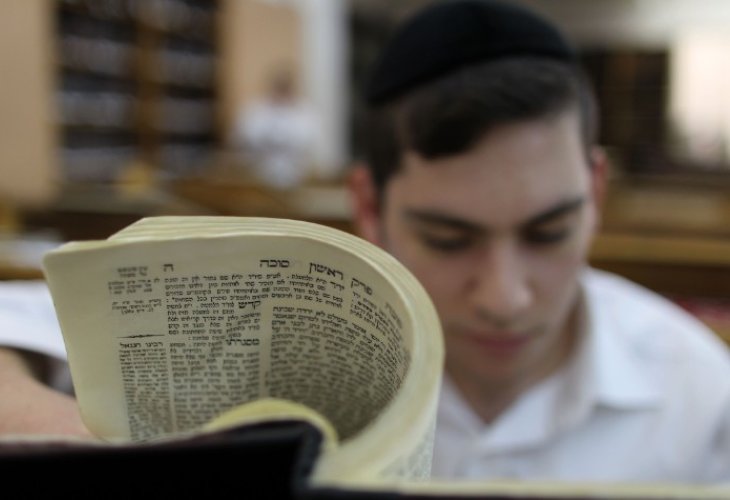A Giant's Finger in Jerusalem?
What's the story behind an ancient massive stone beam discovered beneath Jerusalem's debris, and how does it connect to the lore of the biblical giant, Og?


The Year: 1858. The Place: The Russian Compound, Jerusalem. Plausibility: A monument from a nearby church.
The so-called 'finger' of Og resting with dignity in its own section at the Russian Compound in Jerusalem is anything but the finger of Og, King of Bashan. It's a stone beam stretching several meters long and has been there, experts estimate, for many centuries. It surfaced nearly two hundred years ago, in 1858, during excavations for construction. The 'finger,' or rather the ancient beam, lay abandoned and covered in debris for years. Once discovered, it was cleaned and made a site of curiosity, with some speculating it might have been originally constructed for the Second Temple, possibly part of Herod's Temple.
One of the renowned archaeologists of our time, Professor Yoram Tsafrir, an expert on the archaeology of Israel and the broader Middle East, dismisses this theory entirely: "Og's Finger was likely built as part of the Nea Church, a very ancient church that existed in Jerusalem almost a thousand years ago, for several centuries." Tsafrir is convinced, based on detailed archaeological findings and analyses, that Og's Finger remains a relic from this ancient church: "The construction style and the location of this massive beam lead us to this conclusion, combined with our knowledge of a longstanding stone quarry in the area."
So how did this colorful name come about? Apparently, the sharp wit of Jerusalem's residents couldn't resist bestowing the old beam with a playful moniker, and what better way than to invoke Og, King of Bashan. However, it turns out this is not the only 'finger': there are several such beams in Upper Jerusalem, two of which are located in the Mahane Yehuda neighborhood, but unlike Og's Finger, they are concealed by urban development and not displayed publicly.
Whether you call it a finger, a beam, or a pillar, this ancient artifact resides quietly beneath the Jerusalem police station at the Russian Compound, joining in silence the thousands of archaeological exhibits of ancient Jerusalem. They tell the tale of peoples and events that have punctuated the history of the reunited city.

